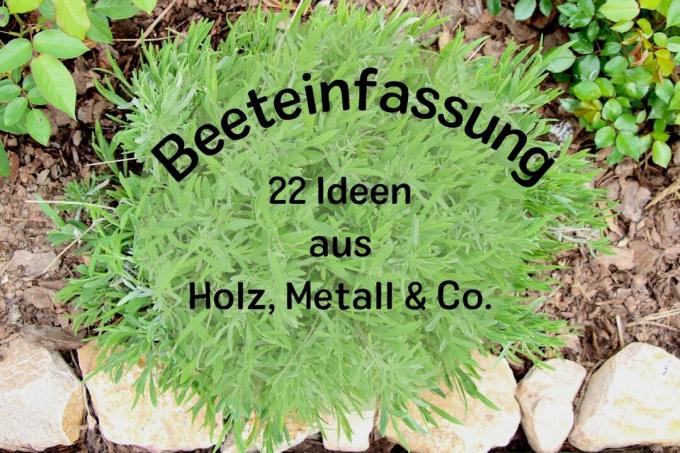
table of contents
- Tasks of border edging
- Flower bed surrounds made of stone
- made of plastic
- wooden
- made of metal
- from plants
- frequently asked Questions
A bed border separates the bed from paths and adjacent beds. At the same time, it acts like a picture frame that reinforces a decorative garden design. We present 22 materials with advantages and disadvantages.
In a nutshell
- limit individual areas
- can underline the garden style
- commonly used materials: wood, stone and concrete
- Hedges or densely growing plants are natural alternatives
- can compensate for slopes on the property
Tasks of border edging
Edging beds are not only used for practical purposes. Used correctly, they are an important design element.
- Separation of beds and delimitation of paths
- Protection against weeds and unwanted spread of plants
- Structuring the garden
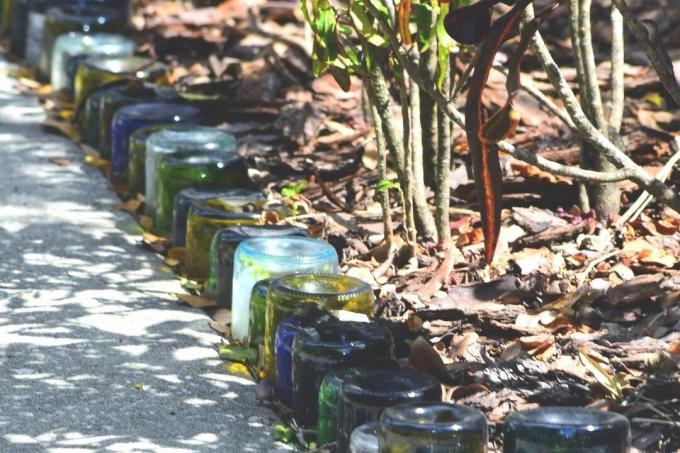
Bed borders are available in different materials. We present the most common ones with their properties.
Flower bed surrounds made of stone
Natural stones are very popular for edging beds. The interaction with the plants in the garden creates a beautiful harmony.
advantages
- available in many variants
- durable
- easy-care
- delimit beds neatly
disadvantage
- insufficient root blockage
- partly complex installation
- partly price-intensive
- high transport costs
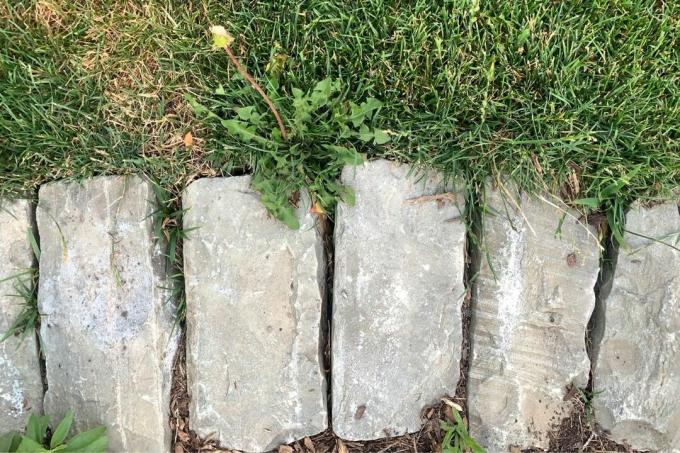
Sandstone
Sandstone impresses with its warm, pleasant colors and is easy to work with.
collected natural stones
Anyone who cultivates a garden will regularly find small and large stones on the beds. When stacked together, these result in a dense delimitation. In this way you can create straight lines, but also curves or wavy borders.
granite
Granite curbs have been used to border flower beds for decades. In terms of its hardness and durability, the material used for the bed borders is unsurpassed. Curb stones in various sizes are available in stores. Granite is very decorative.
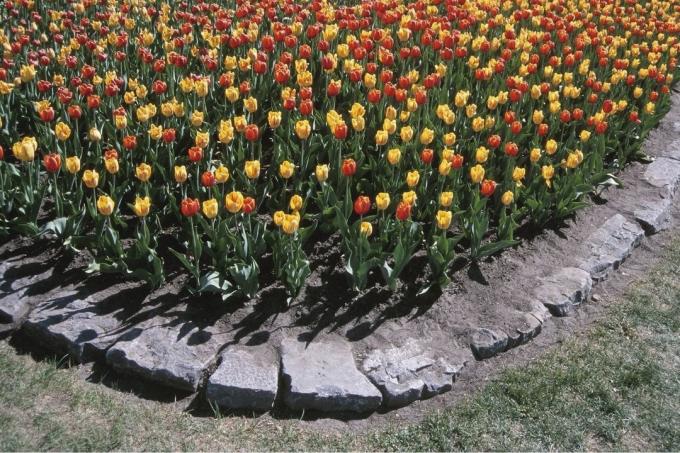
limestone
With its light color, limestone fits perfectly into Mediterranean-style gardens. The sedimentary rock is soft and easy to work with.
concrete
Concrete is a cult. This also applies in the garden. Various concrete elements are available in the hardware store to delimit areas and paths in the garden. They can be used to build durable demarcations. The inexpensive and easy-care material is ideal for creating straight edges. At the same time, it is perfect for creating harmonious effects in the garden with curved lines.

Cobblestones
Bed borders can be designed quickly and easily with paving stones. A layer of gravel forms the base on which the stones are concreted.
made of plastic
Plastic borders for beds are available in many variants. Most of them are green in color, so they don't stand out too much. Plastic impresses with its practicality. In terms of attractiveness, the material tends to be in the lower ranks.
advantages
- inexpensive
- durable
- good root barrier
disadvantage
- unnatural appearance
- not naturally degradable
- not very stable
Elastic bands
Bed borders made of elastic bands are easy to use. They can be cut with scissors, are inserted into the earth and do not have to be buried deep.
Plastic elements
Plastic elements in various sizes and shapes are available from specialist retailers. These are easy to use.
Note: Those who shy away from the unnatural appearance of the plastic bezels, but would like to take advantage of the inexpensive bezels, should choose plastic bezels with a wood look. At first glance, the difference is not noticeable.
wooden
Wood is ideal for edging flower beds. Its advantage is the natural appearance, which makes it easy to incorporate the boundaries into the garden design.
Wood is a sustainable building material. With good care, the natural material scores with its longevity. But not all wood is the same. There are different variants and types of wood to choose from.
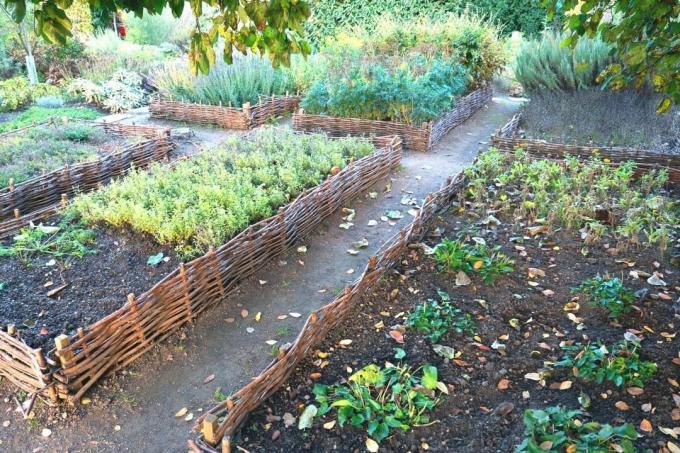
advantages
- cheap price
- natural looking
- diverse design options
- large selection
- easy construction
- sustainable building material
disadvantage
- incomplete root blockage
- low durability
- unsuitable for damp gardens
Tree trunks
Halved or whole tree trunks are placed around the beds and fixed with cuttings.

Bed frames made of semicircular woods
In specialist shops you can get ready-made bed frames made of lined up semicircular pieces of wood. These are usually impregnated and more robust against weathering than natural woods.
Wooden fences
The borders of beds and lawns can also be designed with low wooden fences made of cuttings. You can build them yourself or buy them ready-made at the hardware store. Provide the fence elements with weather protection.
braided fences
Hazelnut or willow branches have been used to border flower beds for generations. You can get hand-woven fences in various sizes on the market.
Wooden boards
Wooden boards stuck into the floor result in clear, straight edges. Note that untreated boards do not last long.
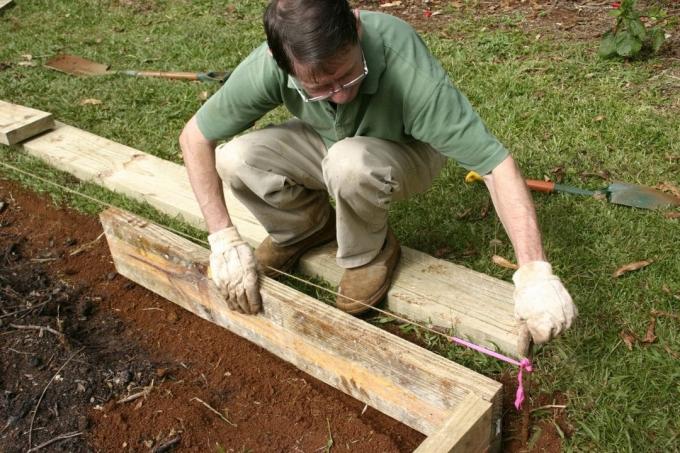
bamboo
Bamboo is ideal for edging a bed. You can get rolled bamboo, in which several sticks are connected to one another, at the hardware store.
Bamboo edging is decorative and can create curved shapes or straight lines as desired.
Edges made of metal are particularly stable and suitable for protecting against unwanted vegetation. Anyone who fears an unnatural effect can breathe a sigh of relief. Metal bed frames are usually completely sunk into the ground.
advantages
- very durable
- stable
- easy-care
- impenetrable root barrier
- perfect as a lawn edge
disadvantage
- unnatural material
- expensive
- cool look
aluminum
Bed frames made of aluminum are light, easy to bend and easy to install. They are cheaper than alternatives made of steel.
Corten steel
More and more hobby gardeners are choosing rust-red steel as a border. The structural steel is weatherproof and stable. It contains a portion of copper, which causes the red color. A plus point of the material is its protective effect on snails.
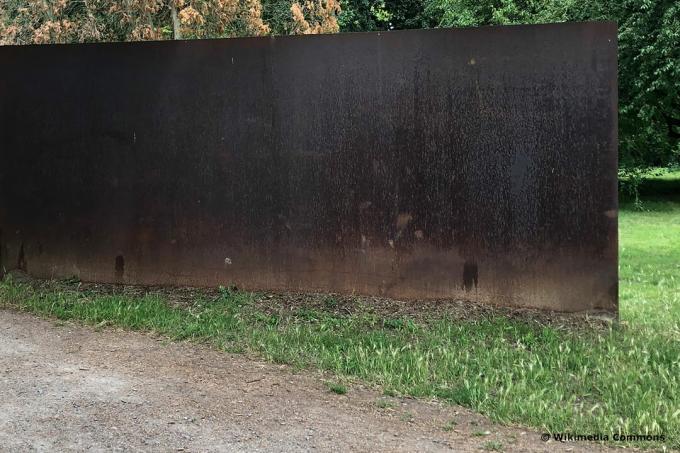
stainless steel
Stainless steel bed frames are rust-free. They are more expensive than other metal frames, but impress with their modern, elegant appearance.
from plants
It is not always necessary to delimit beds with solid materials. Some plants also do an excellent job.
advantages
- Naturally
- weatherproof
- Benefits for small animals and insects
disadvantage
- high maintenance effort
- high costs depending on the type of plant
- Diseases and pests
Boxwood
Boxwood bed frames are ideal for the cottage garden. But the malleable plant is very expensive and is often attacked by diseases and pests such as the box tree moth.

Dwarf yew
The dwarf yew is a good alternative to the box. It is easy to cut and hardy.
Note: If children play on your property, refrain from planting dwarfs. The needles and the fruits are poisonous.
Honeysuckle
The evergreen honeysuckle lives up to its name. It creates an attractive hedge border.
lavender
A bed border made of fragrant lavender is perfect for anyone who wants to make a contribution to the preservation of insect diversity. In addition, the fragrant plant looks beautiful. Combine different types.
Carnation
The carnation grows very densely and remains small. When it blooms, it becomes an eye-catcher. After flowering, it appears as a dense green border.
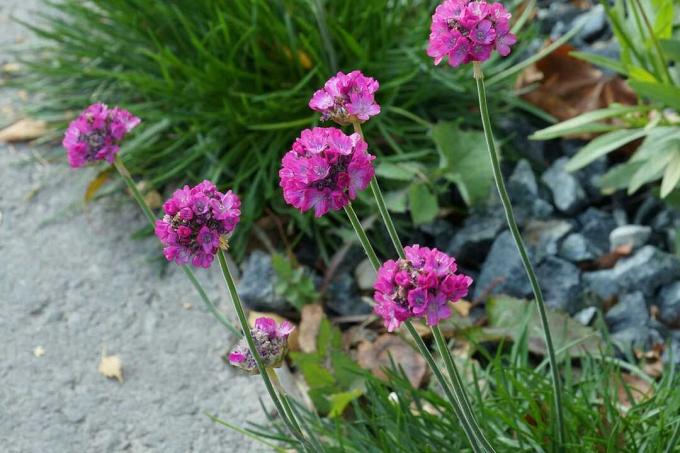
frequently asked Questions
First take a look around the area. Which stones come from the region? Choose sandstone or limestone in the north and granite in the low mountain ranges. Is your garden near the forest? Then wood borders can be the first choice. What materials and colors were used in the buildings on the property? Design the bed borders in a color that matches the house. This is how you achieve a harmonious effect.
In this case, you need to make sure that the lawn is easy to mow and that the grass cannot spread onto the bed. Maintain a distance of ten centimeters between the lawn and the border of the bed. If the border of the bed is designed higher, you have to trim with the lawn edging shears.
You can put various used materials in the garden for a new purpose. Old bricks can be used to border flower beds. Pallets or old railway sleepers also create an effective border and open up many creative design options.
